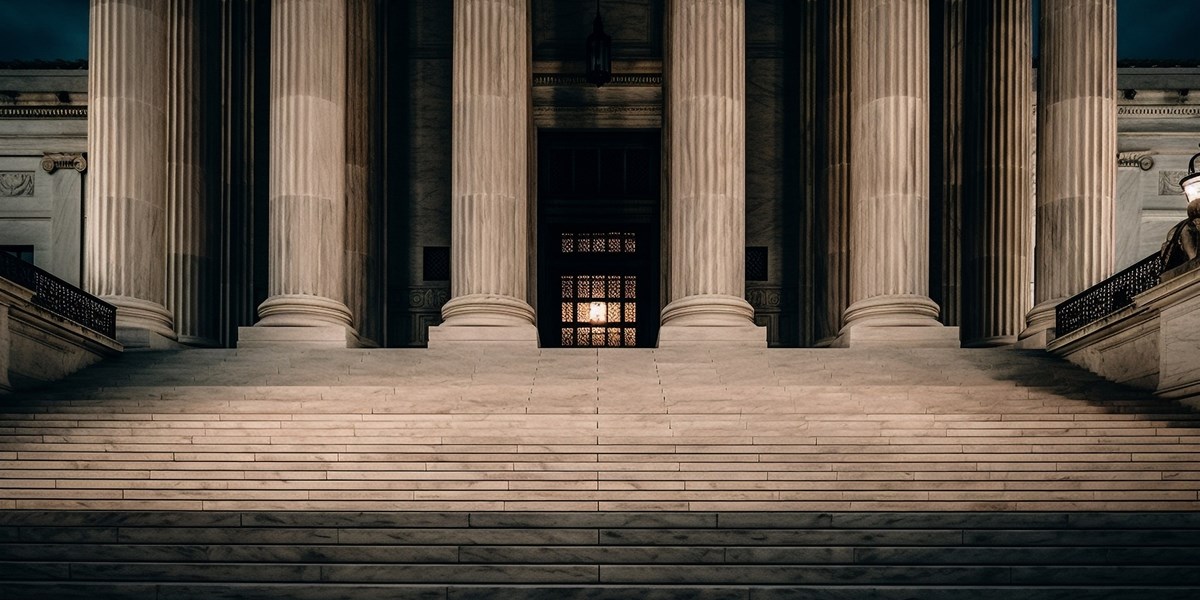Court of Appeal overturned the High Court's finding that the claimants had no real prospect of establishing copyright in the Bitcoin File Format because it had not been “recorded, in writing or otherwise”. This is one of the rare cases about the requirement of copyright fixation, which demonstrates how the English courts apply the existing, 35-year-old, copyright law to new technologies.
WHAT IS COPYRIGHT FIXATION?
Fixation is a key requirement for a work to be protected by copyright. A work is eligible for copyright protection if it falls into one of the categories identified by the Copyright, Designs and Patents Act 1988 (CDPA), it is original and ‘fixed’ in some form (i.e., “recorded, in writing or otherwise”).
BACKGROUND OF THE CASE
Dr Wright claims to be the creator of the Bitcoin system and the author of the famous white paper (the “White Paper”), describing the Bitcoin system, which he made available to the public on 31 October 2008 under the pseudonym “Satoshi Nakamoto” (NB: the identity issue of Dr Wright actually being Satoshi Nakamoto is set to be the subject of trial in January 2024). In 2009 Dr Wright allegedly developed the Bitcoin File Format, and mined the first block in the Bitcoin blockchain, known as the “Genesis Block”.
In August 2022, Dr Wright together with two of his companies (the claimants) initiated proceedings against multiple defendants, some of whom were outside of the UK, claiming infringement of:
- Database rights in three databases, all in the Bitcoin blockchain.
- Copyright in the Bitcoin White Paper.
- Copyright in the Bitcoin File Format.
The claim was brought due to Dr Wright’s objections to “significant changes” to the Bitcoin system without his consent.
Issues 1 and 2 are scheduled for trial in January 2024 and did not present a problem for allowing service of the defendants outside of jurisdiction. The sticking point was issue 3, which became the topic of the subsequent appeal.
THE HIGH COURT DECISION
In the initial ruling, Mr Justice Mellor determined that the claimants presented no substantial evidence regarding the existence of copyright in the Bitcoin File Format. In particular, Mellor J disagreed with the claimants’ argument that “the requirement for fixation was met automatically when the program was run”, and that “this was sufficient to meet the fixation requirements”. The claimants were, therefore, granted permission to serve out of the jurisdiction on issues 1 and 2 only, subject to the deletion of issue 3.
Mellor J concluded that although the law of copyright will continue to face challenges with new digital technologies, he does “not see any prospect of the law as currently stated and understood in the caselaw allowing copyright protection of subject-matter which is not expressed or fixed anywhere”.
While the judge acknowledged that a literary work could be recorded in software, including a file format, he opined that not all file formats were equal. Relying on the (limited) existing case law, although some file formats may contain enough content, not just structure, to support a claim to literary copyright, others might not. Mellor J concluded that the claimants had not presented sufficient evidence to show that the Genesis Block or any other block contained content defining the structure of the Bitcoin File Format. He argued that while each block adhered to the structure of the Bitcoin File Format, the structure itself was not "fixed in a copyright sense in a material form in any of those blocks."
THE COURT OF APPEAL RULING
In a comprehensive analysis of copyright law in software, Lord Justice Arnold found several flaws in Mellor J's reasoning, leading to the Court of Appeal's decision to allow Dr Wright's appeal.
Arnold LJ contended that Mellor J’s statement that "no relevant 'work' has been identified containing content which defines the structure of the Bitcoin File Format" conflated the concept of the work with fixation.
The work Dr Wright referred to (the Bitcoin File Format) had been clearly identified. The question of when and how that work was fixed was separate. Dr Wright's argument was that the work was fixed when the software was run to create the first block in the Bitcoin blockchain on 3 January 2009. The recording was in an electronic form on the Bitcoin blockchain.
Arnold LJ opined that it was not necessarily required that the Bitcoin File Format have content defining its structure to satisfy the requirement of fixation. He stated, "The work in which Dr Wright claims copyright is a structure... All that is required is that the structure be completely and unambiguously recorded."
Arnold LJ also noted that the judge did not apply the test laid down in the CJEU decision C-310/17 Levola Hengelo BV v Smilde Foods BV (2018), which assessed whether the fixation relied upon made the Bitcoin File Format identifiable with sufficient precision and objectivity. Dr Wright had argued that the fixation he relied on satisfied this test and provided evidence that third parties could deduce the Bitcoin File Format structure from the blocks in the Bitcoin blockchain.
Furthermore, Arnold LJ contended that Mellor J did not consider the rationale behind the fixation requirement, which essentially serves two purposes: to establish the work's existence and to determine the scope of protection. Dr Wright maintained that the fixation he relied on fulfilled both these purposes. The first block in the Bitcoin blockchain confirmed the existence of the Bitcoin File Format and enabled the scope of protection to be determined. The court, again, found the evidence that third parties could deduce the structure comprising the Bitcoin File Format supported Dr Wright's case.
Finally, Arnold LJ noted that copyright in literary works protects the work rather than the tangible medium on which it is fixed. As such, “it is not necessary for the copyright owner to prove that the fixation relied upon for the purposes of subsistence has been copied, only to prove that the work has been copied”.
This judgment emphasises that fixation only needs to be satisfied at some point between the creation of the work and its infringement – it does not need to be permanent. If an author orally performs an original literary work, which is then digitally recorded by an audience member, the fixation requirement is satisfied, even if there's no direct link between the recording and a later infringement by someone else. This same principle could potentially apply to the Bitcoin File Format - the first block in the blockchain enables the scope of protection to be determined, and the structure of the Bitcoin File Format was recorded by Dr Wright in an electronic form.
In light of these findings, the Court of Appeal concluded that Dr Wright had a genuine prospect of proving that the fixation requirement for copyright subsistence had been met, and thus, the appeal was allowed.
CONCLUSION
As noted by the claimants in the first instance the issue [of copyright in the Bitcoin File Format] raised “a point of law concerning the requirement for fixation in this type of case on which …. there appears to have been no ruling in earlier decided cases”. Indeed, this case is now the leading authority on copyright fixation, especially in matters involving new technology.
The Court of Appeal's judgment clarifies that copyright protection is associated with the content or "work" itself, rather than the medium or recording in which it's stored or “fixed”. As long as a literary work can be objectively and precisely identified, it meets the fixation requirement for copyright.
This case shines a spotlight on whether current copyright law remains fit for purpose in the age of continuing technological advancements. This decision is likely to interest software developers and technology suppliers, as it highlights the role for copyright protection in new technology under the English law.
For any queries regarding copyright law, please contact Marianna Foerg, or for questions regarding patentability of computer software, please get in touch with Benjamin Bell.






